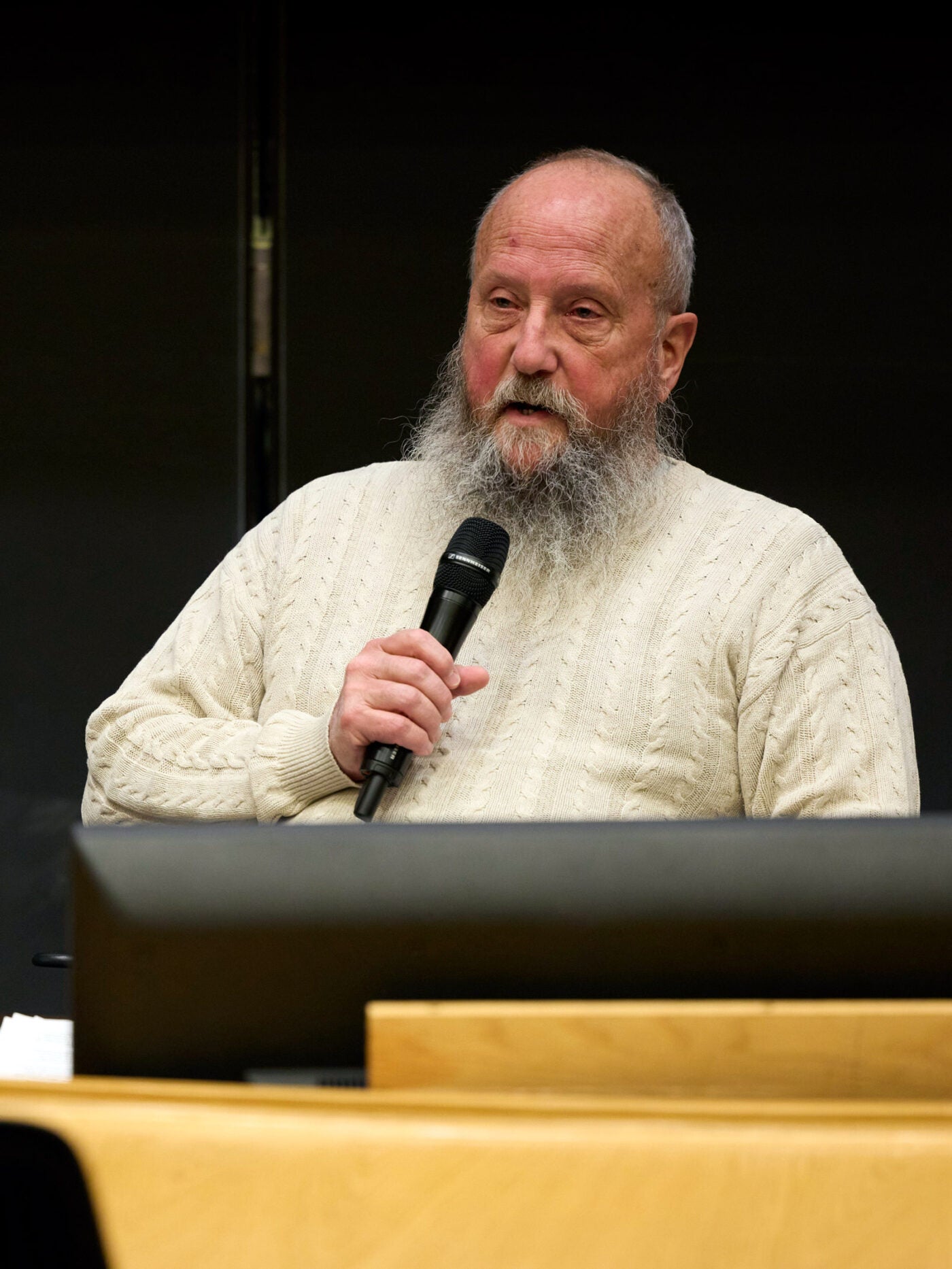
Extra
Where environmental injustice meets workers’ health
Harvard Public Health hosted a talk on economic and environmental justice with Jim Morris, a distinguished public health journalist and founder of Public Health Watch. He discussed his work and his recent book, The Cancer Factory, with Katie Tomsho, a post-doctoral fellow in environmental health at the Harvard T.H. Chan School of Public Health.
“We don’t often hear about the intersection of environmental justice and workers’ health,” Tomsho told the audience at the start. Morris said this intersection occurs more often than we hear about “because until the 1970s, this country had no worker safety law” and no federal agency to create and enforce workplace safety standards. Without these in place, “corporations pretty much did what they wanted,” he said.
Sign up for Harvard Public Health
Delivered to your inbox weekly.
Morris’s book draws its title from a Goodyear plant in Niagara Falls with a documented bladder cancer cluster among its workers. Morris said we know about the cluster thanks to an unusually active union and worker lawsuits that start after the creation of the Occupational Safety and Health Administration (OSHA) in late 1970. Those cases revealed corporate documents from the 1940s and 1950s in which corporate executives “were very frank, because they had nothing to fear,” Morris said.
“They never thought their communication would see the light of day. So, you’d have somebody say, ‘Gee, it looks like this stuff causes cancer. Better not let that get out,’” he said.
While OSHA has since given workplace whistleblowers a way report unsafe working conditions, Morris said the agency has mostly lacked the resources to enforce the standards it puts in place. Industry also puts up fierce resistance to changes, he said, even when it is clear that workers are being harmed.
Still, change does happen, typically because of dedicated individuals. For the Goodyear workers, labor-organizer-turned-lawyer Steve Wodka played a major role in driving workplace changes. So did Jane Fazio, a pulmonary physician at Olive View-UCLA Medical Center. She spoke up about a string of cases of silicosis afflicting Southern California fabricators who were cutting artificial stone for kitchen countertops. “She put herself out there and said, ‘Okay, I’ll go on the record. This is a public health crisis. I can’t live with myself if I stay silent,’” Morris told the audience.
“Without her sounding the alarm,” he added, “the story wouldn’t have happened.”
—Leah Samuel
Photo: Kent Dayton / Harvard Public Health


